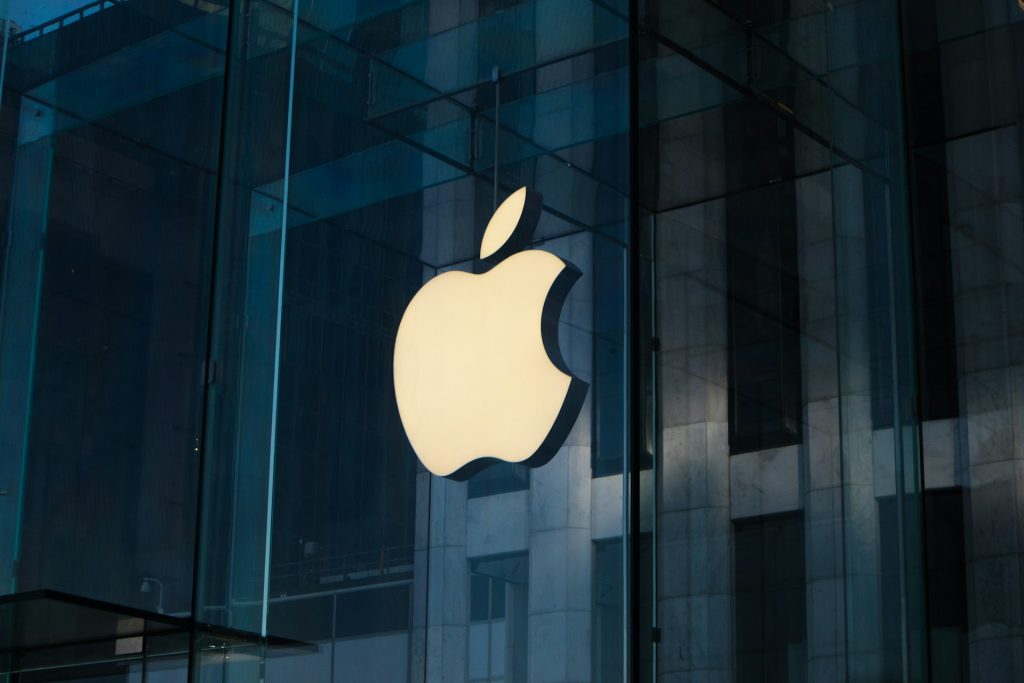Has the AI Boom Plateaued? Experts Weigh In
The AI revolution, ignited by the launch of ChatGPT in November 2022, is now experiencing a period of plateauing, with experts pointing to several factors that may explain the slowdown. Although the technology remains transformative, the next few years are expected to see more incremental developments rather than the exponential leaps that have characterized the recent past. Here’s a closer look at why the AI boom might be hitting a plateau.
One of the primary reasons for the slowdown is the depletion of readily available high-quality data for training new models. Existing AI systems have already consumed most of the public text data on the internet, and experts estimate that all remaining high-quality textual data will be used up by 2028. This impending “data wall” presents a significant challenge, as alternative data sources like video, audio, and images are more complex to train and come with stricter intellectual property protections.
The scarcity of quality data is exacerbated by the fact that much of what remains is subpar, requiring extensive cleaning before it can be used. The necessity for high-quality data to train effective language models means developers will need to focus on improving existing datasets and extracting more value from them, a process that is both time-consuming and resource-intensive.

To continue expanding AI capabilities, new data will need to come from proprietary sources or be synthetically generated. Accessing proprietary data involves negotiating specific agreements with data owners, which can be a slow and cumbersome process. Some companies, like The New York Times, have begun to enter into such agreements, but it remains to be seen how widespread this model can become.
Synthetic data offers another potential solution, with companies like Nvidia and IBM developing their own synthetic data generators. However, synthetic data has its drawbacks. A recent study in Nature magazine found that models trained on synthetic data are more prone to “hallucinations” or generating nonsensical outputs, as they tend to amplify errors from previous training generations. As a result, AI models trained on synthetic data may struggle to achieve commercial viability compared to those trained on human-generated data.
Despite the hype, AI adoption has been relatively slow and limited in scope, raising doubts about the short-term commercial viability of current models. Financial reports from major tech companies like Alphabet reveal that the costs of training and deploying AI models have far outweighed any immediate commercial returns, leading to significant declines in stock prices. This trend suggests that most industries have yet to find practical applications for AI models, limiting their adoption.
Beyond niche applications, AI has not taken off as expected. Tech giants are now focusing on integrating AI into existing products or attempting to disrupt competitors’ businesses, as seen with OpenAI’s SearchGPT. However, these strategies have yet to yield significant commercial success.

Increased regulatory scrutiny and geopolitical tensions are also hindering AI development. Unlike the internet, which enjoyed a long period of unregulated growth, AI has been subject to regulatory attention from the start. Issues such as copyright infringement, job displacement, and environmental concerns have led to a wide range of policy interventions that slow down advancements in AI.
The primary challenge for the AI community now is not technological but commercial. Developing cutting-edge technology is one thing; turning it into a profitable business is another. The path forward will involve addressing practical issues such as improving data centers’ efficiency, securing robust chip supply lines, and building new power plants.
Until significant AI-attributable revenues start to materialize, companies will need to focus on incremental improvements to existing models, making them more sustainable and commercially viable. This phase of consolidation is essential for laying the groundwork for the next generation of AI models, ensuring they can be more easily accepted and integrated globally. While the AI revolution is far from over, the industry must navigate these challenges to achieve its full potential.
Read also: Generative AI Frenzy: A Bubble Poised to Burst?


